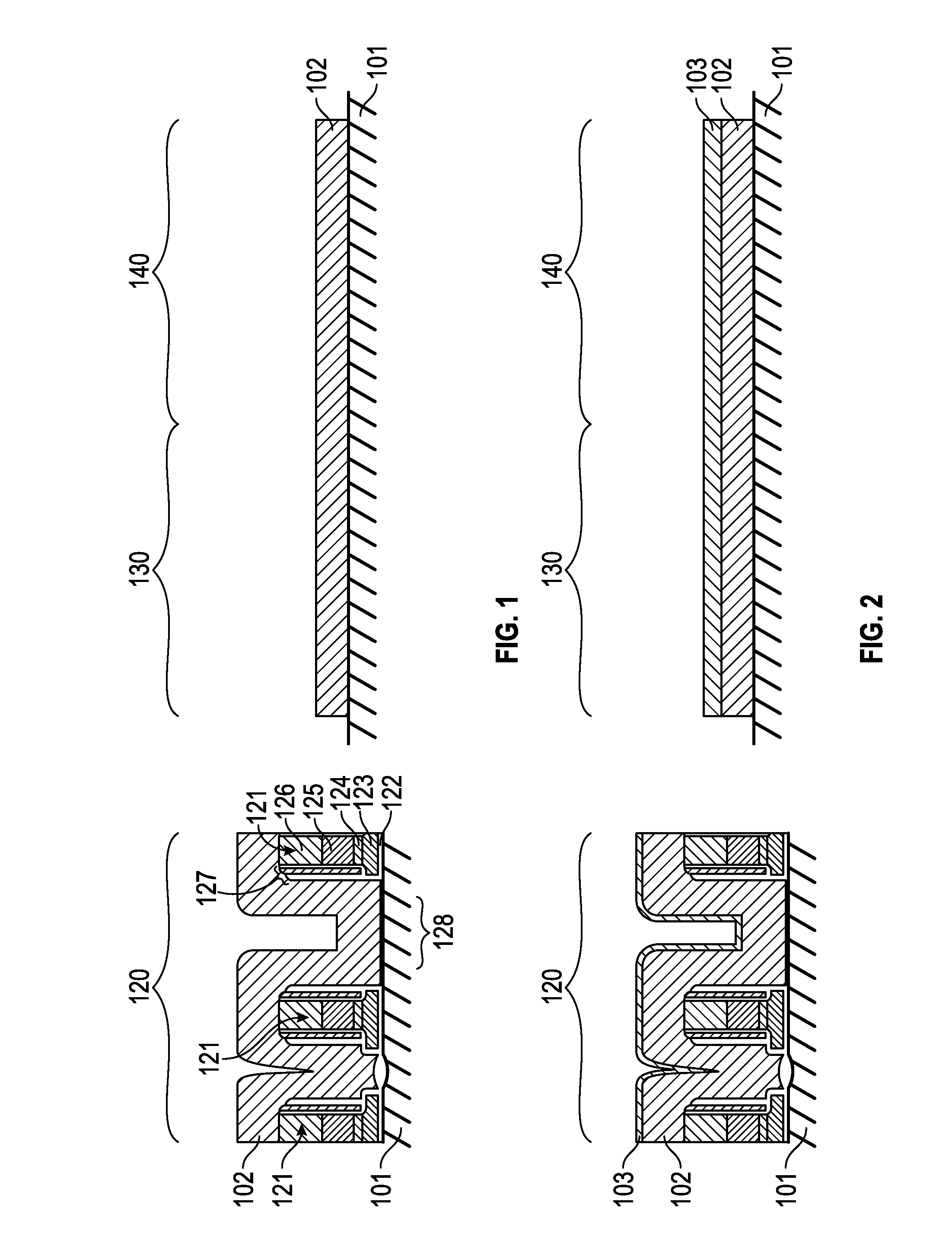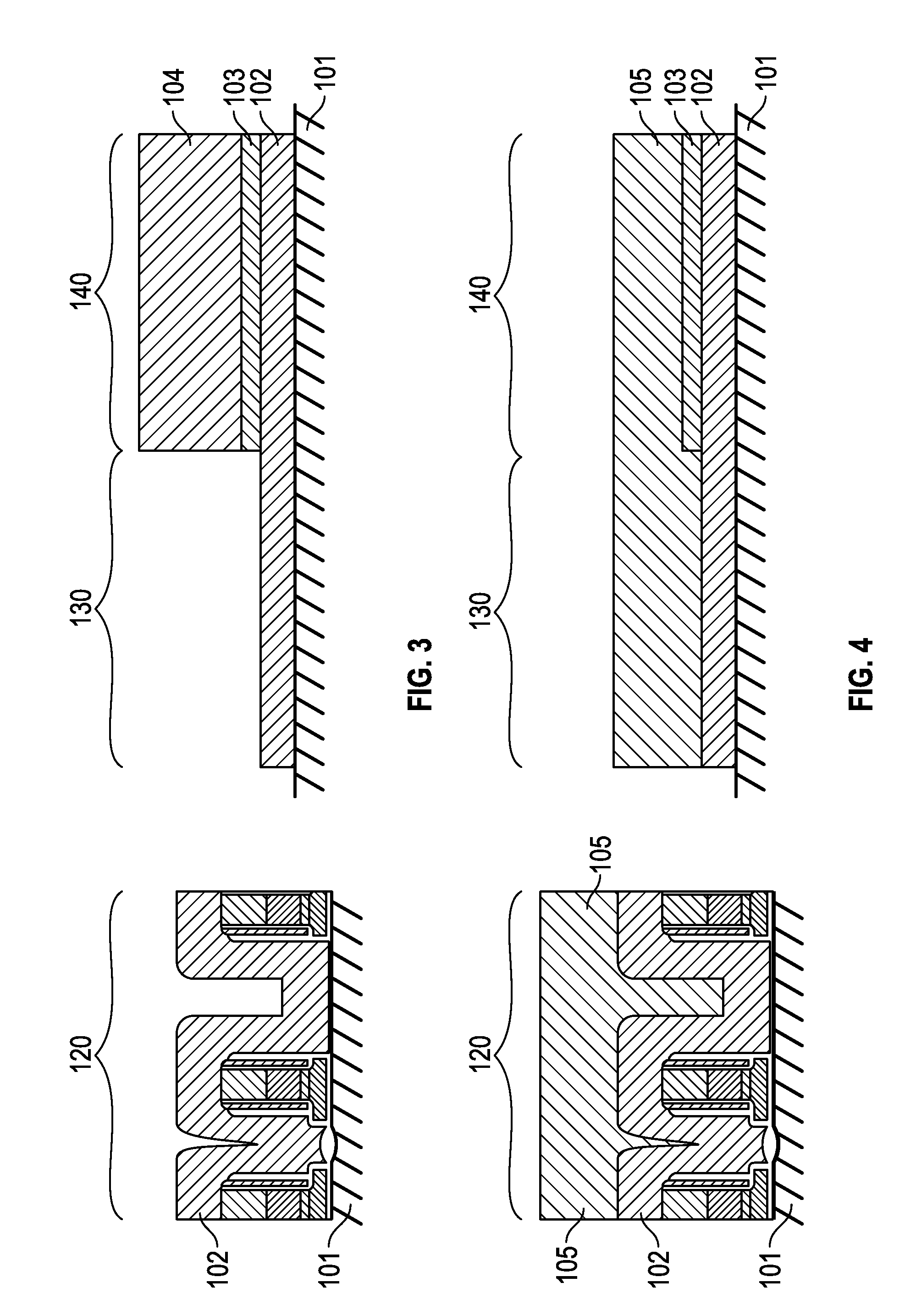Methods for fabricating integrated circuits with a high-voltage mosfet
a high-voltage mosfet, integrated circuit technology, applied in the direction of basic electric elements, electrical apparatus, semiconductor devices, etc., can solve the problems of physical size, adversely affecting the prior or concurrent fabrication of other devices, and limited thickness of polysilicon layers
- Summary
- Abstract
- Description
- Claims
- Application Information
AI Technical Summary
Problems solved by technology
Method used
Image
Examples
Embodiment Construction
[0013]The following detailed description is merely illustrative in nature and is not intended to limit the embodiments of the subject matter or the application and uses of such embodiments. Furthermore, there is no intention to be bound by any expressed or implied theory presented in the preceding technical field, background, brief summary or the following detailed description.
[0014]The present disclosure provides improved methods for the fabrication of integrated circuits that include high-voltage MOSFET(s), and in particular integrated circuits that include a high-voltage MOSFET, a logic device, and a memory array in close proximity to one another, such as on the same layout block of the integrated circuit. The methods described herein employ an additional “dummy” polysilicon layer or an additional “capping” silicon oxide layer that is deposited over the channel region of the high-voltage MOSFET in order to provide additional masking protection to the channel region during a subse...
PUM
 Login to View More
Login to View More Abstract
Description
Claims
Application Information
 Login to View More
Login to View More - R&D
- Intellectual Property
- Life Sciences
- Materials
- Tech Scout
- Unparalleled Data Quality
- Higher Quality Content
- 60% Fewer Hallucinations
Browse by: Latest US Patents, China's latest patents, Technical Efficacy Thesaurus, Application Domain, Technology Topic, Popular Technical Reports.
© 2025 PatSnap. All rights reserved.Legal|Privacy policy|Modern Slavery Act Transparency Statement|Sitemap|About US| Contact US: help@patsnap.com



